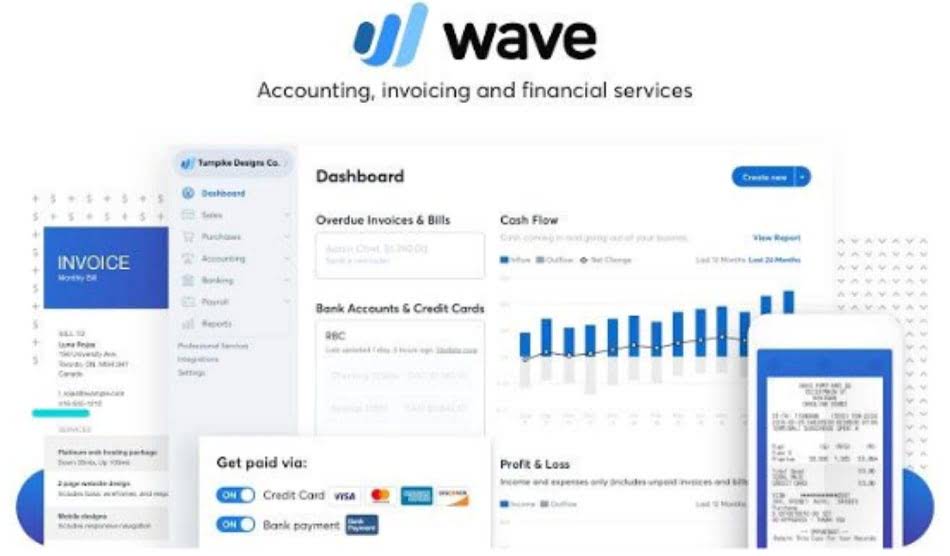
If no excess capacity Bookkeeping for Chiropractors is present, additional expenses to consider include investment in new fixed assets, overtime labor costs, and the opportunity cost of lost sales. Incremental analysis is a business decision-making technique that determines the genuine cost difference between alternatives. Incremental analysis, also known as the relevant cost approach, marginal analysis, or differential analysis, disregards any sunk or prior cost.
Incremental Cost: Definition, How to Calculate, and Examples
- They need to compare the additional costs (advertising, discounts, and staff overtime) against the incremental benefits (increased footfall, sales, and brand visibility).
- To increase production by one more unit, it may be required to incur capital expenditure, such as plant, machinery, and fixtures and fittings.
- They need to weigh the additional costs (specialized equipment, staff training, and patient care) against the incremental benefits (better patient outcomes, reputation, and potential referrals).
- The marginal cost is the change in total cost that comes from making or producing one additional item.
- It is often computed when a corporation creates enough output to cover fixed costs and has progressed past the breakeven threshold, where all future costs are variable.
- In addition, cost of goods sold would increase as would operating expenses.
- Incremental cost is the additional cost incurred by a company if it produces one extra unit of output.
A notable example is the long-run incremental cost of lithium, nickel, cobalt, and graphite as important raw materials for creating electric vehicles. If the long-run estimated cost of raw materials rises, electric car prices will most likely rise in the future. The endeavour to calculate and precisely estimate such expenses aids a corporation in making future investment decisions that can boost revenue while decreasing costs. Costs are determined differently by each organization according to its overhead cost structure.
- In other words, incremental costs are exclusively determined by the amount of output.
- From a managerial perspective, incremental costing provides valuable insights into the cost-effectiveness of different options.
- There is a requirement to create a spreadsheet that tracks costs and output.
- For the past 52 years, Harold Averkamp (CPA, MBA) hasworked as an accounting supervisor, manager, consultant, university instructor, and innovator in teaching accounting online.
What is the meaning of variable cost?
Incremental cost is usually computed by manufacturing entities as a process in short-term decision-making. It is calculated to assist in sales promotion and product pricing decisions and deciding on alternative production methods. Incremental cost determines the change in costs if a manufacturer decides to expand production. In essence, it assists a company in making profitable business decisions. A long run incremental cost (LRIC) refers to the changing costs that a company can somewhat foresee.
Incremental Costs Vs Margin Costs
Understanding incremental expenses can assist a business in improving its efficiency and saving money. Incremental costs can also help you decide whether to make a product or buy it elsewhere. Understanding the additional costs of increasing a product’s manufacturing is beneficial when deciding the retail price accounting of the product. Companies seek to maximize production levels and profitability by analyzing the incremental costs of manufacturing. When evaluating a business segment’s profitability, only relevant incremental costs that can be directly linked to the business segment are examined. In other words, incremental costs are exclusively determined by the amount of output.

- Assuming a manufacturing company, ABC Ltd. has a production unit where the cost incurred in making 100 units of a product X is ₹ 2,000.
- Variable costs rise or fall in relation to a company’s production or sales volume, rising as production increases and falling as production drops.
- By mastering this skill, decision-makers can make informed choices that maximize value and drive success.
- If the LRIC rises, it is likely that a corporation will boost product pricing to meet the costs; the inverse is also true.
- Accurate cost prediction and measurement is critical to properly pricing goods and services.
Conversely, if incremental cost leads to a decrease in product cost per unit, a company can choose to reduce product price and increase profit by selling more units. The reason why there’s a lower incremental cost per unit is due to certain costs, such as fixed costs remaining constant. Although a portion of fixed costs can increase as production increases, the cost per unit usually declines since the company isn’t buying additional equipment or fixed costs to produce the added volume. It represents the added costs that would not exist if the extra unit was not made.
A variable cost is a corporate expense that varies in relation to the amount of product or service produced or sold. Variable costs rise or fall in relation to a company’s production or sales volume, rising as production increases and falling as production drops. If the LRIC rises, it is likely that a corporation will boost product pricing to meet the costs; the inverse is also true. Forecast LRIC is visible on the income statement, where revenues, cost of goods sold, and operational expenses will be altered, affecting the company’s total long-term profitability. This is an example to further appreciate the distinction between incremental cost and incremental revenue. Imagine you own a smartphone manufacturing company that expects to sell 20,000 devices.

The overall cost incurred as a result of producing an additional unit of product is referred to as incremental cost. The incremental cost is incremental cost computed by examining the additional expenses incurred during the manufacturing process, such as raw materials, for each additional unit of output. Understanding incremental costs can assist businesses in increasing production efficiency and profitability. Analyzing production volumes and incremental costs can assist businesses in achieving economies of scale in order to optimize production.

What Is Not A Responsibility Of The New Consumer Financial Protection Bureau (CFPB)?
Fixed costs, such as rent and overhead, are excluded from incremental cost analysis since they normally do not vary with output quantities. Furthermore, fixed costs can be difficult to allocate to a certain business area. The calculation of incremental cost shows a change in costs as production expands.

How Does Understanding Incremental Costs Help Companies?
As a result, the total incremental cost to produce the additional 2,000 units is $30,000 or ($330,000 – $300,000). A very simple example would be a factory making widgets where it takes one employee an hour to make a widget. As a simple figure, the incremental cost of a widget would be the wages for the employee for an hour plus the cost of the materials needed to produce a widget. A more accurate figure could include added costs, such as shipping the additional widget to a customer, or the electricity used if the factory has to stay open longer.
